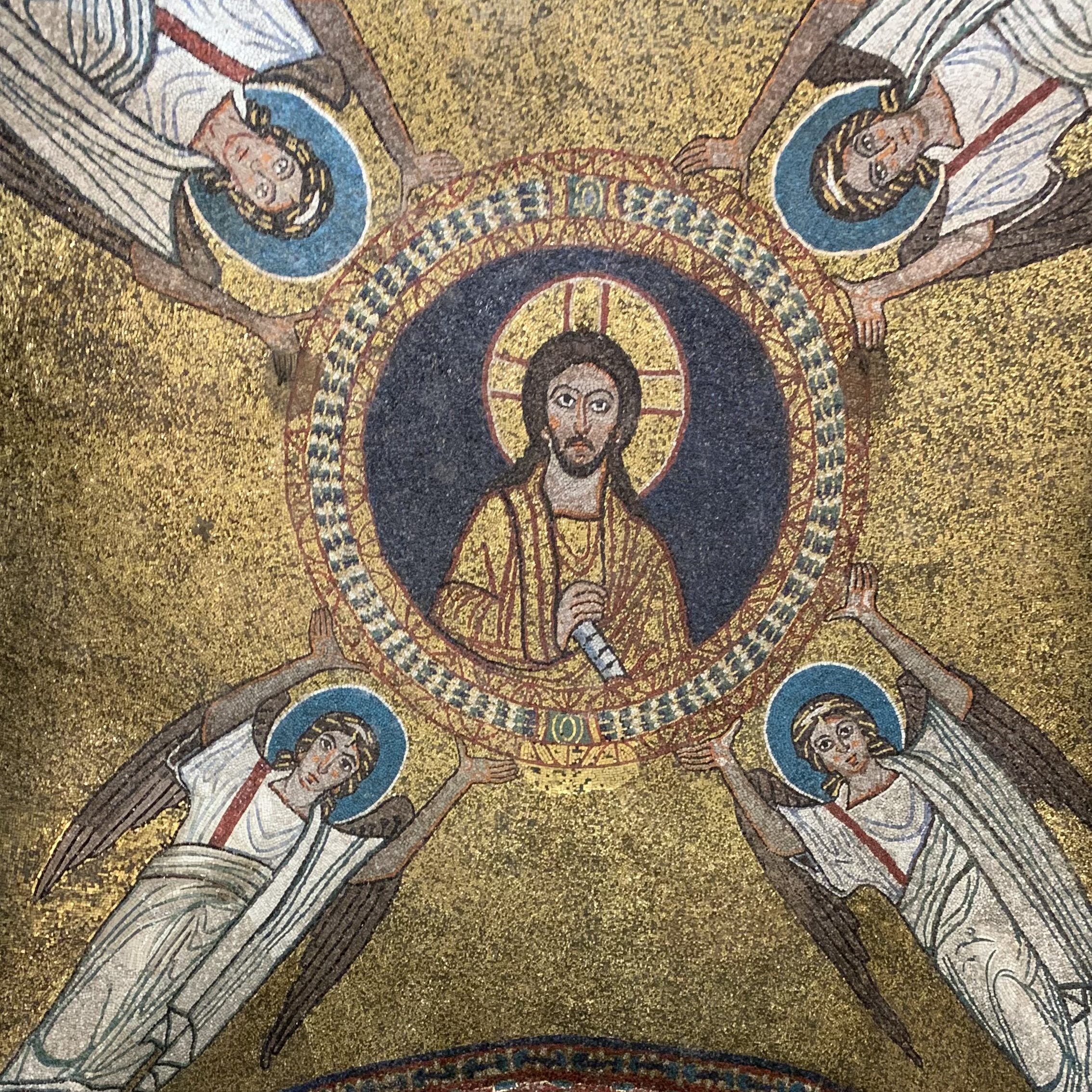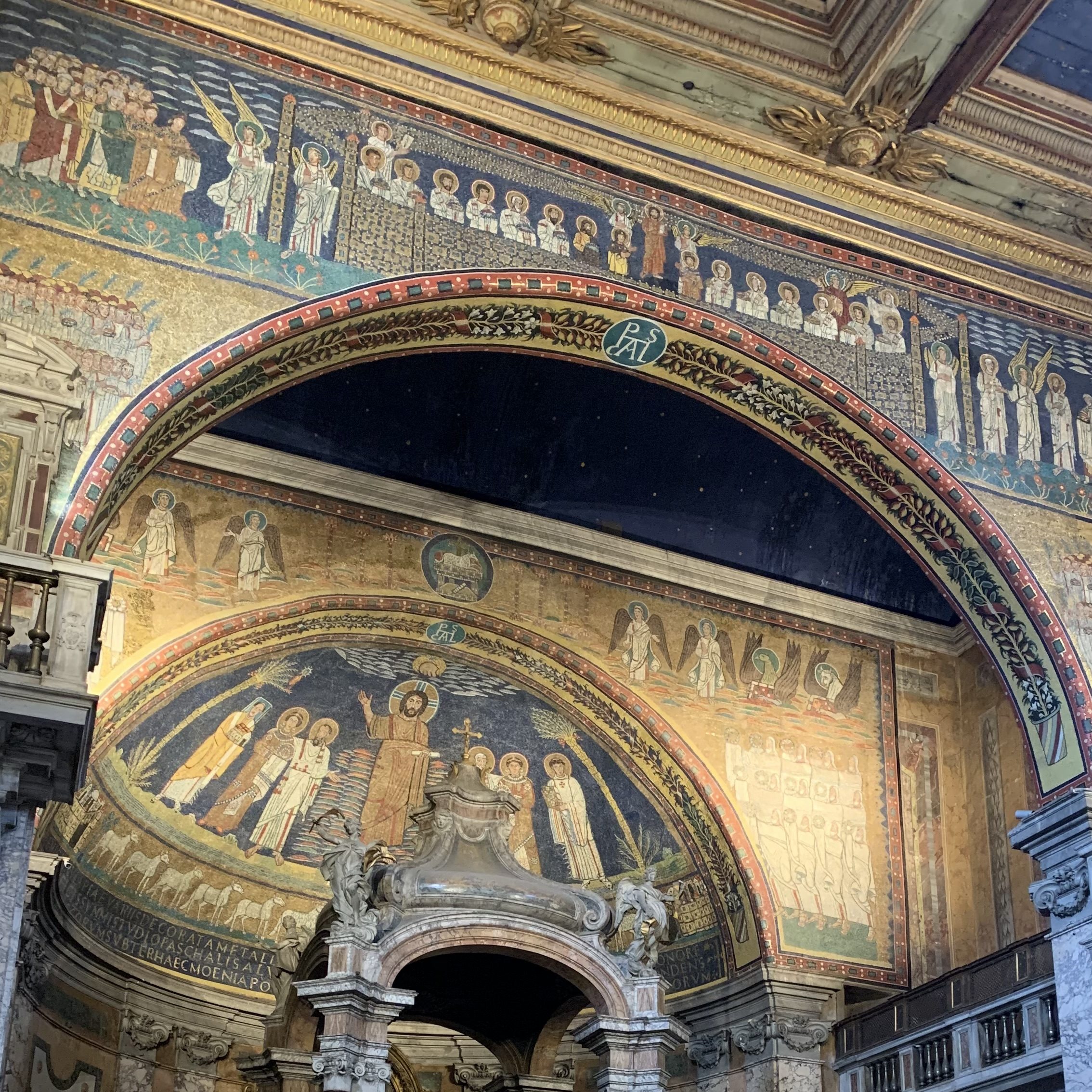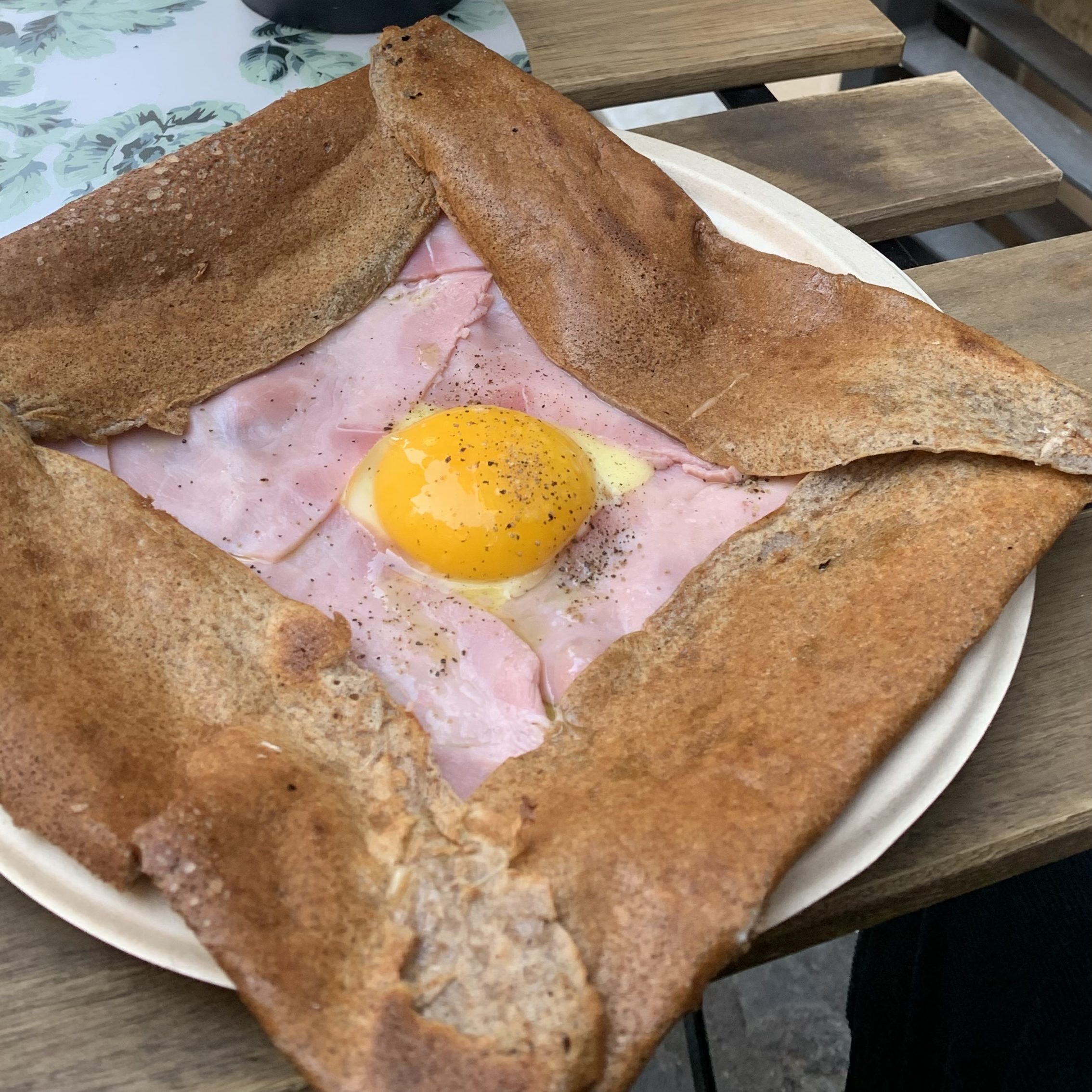Today is the feast of the Presentation of Jesus at the Temple of Jerusalem, which takes place forty days after his birth. This feast is also sometimes called the Purification of the Virgin Mary because it was customary for new mothers to come to the temple to be ritually purified and the Virgin Mary did it in compliance with the Mosaic law. This feast is also named Candlemas after the candles that are traditionally blessed on this occasion.

In Rome, the beginning of February was already associated with polytheistic festivals of purification such as Lupercalia and Feralia before the arrival of the Jewish and Christian faith. Purification and light are related realities and are found, for example, in all the derivatives of the Latin verb lustro which means both « to purify by a sacrifice », « to examine » and « to enlighten » (e.g. « lustration » and « luster »).
February also marked the end of the Roman calendar which used to begin in March. For the ancient Romans this season heralded a renewal, the return of light and fertility. The Lupercalia festivals that were commemorated at this time recalled the rescue of Romulus and Remus by a she-wolf after they were delivered to the waters of the flooding Tiber River. For the ancient Romans, this unexpected rescue of the future founder of Rome and his brother testified to the divine favor that their City had received. In the return of spring, light and fruitfulness, in the rescue of their founder, they saw celestial providence at work and celebrated it.

When on February 2, 494 Pope Gelasius organized a torchlight procession in the City to commemorate the presentation of Jesus at the Temple, the Romans were invited to reconsider the story of their foundation, their own history, in the light of this new light announced by Simeon, the honorable old man who, on receiving baby Jesus in the temple declared:
Lord, you now have set your servant free *
to go in peace as you have promised;
For these eyes of mine have seen the Savior, *
whom you have prepared for all the world to see:
A Light to enlighten the nations, *
and the glory of your people Israel.
On this feast, in Rome or elsewhere, ancient or new Romans, in blood or in heart, are invited to reconsider their national history, the history of their origins, whatever they may be, in the light of the coming of Christ into this world. . Like Simeon’s long life of expectation, like the story of the feast of Lupercalia, our personal and community history is not canceled by the divine promise fulfilled in Jesus Christ: it is in these stories that God has found what he needs to enter the hearts of the Romans and ours today. Celebrating the presentation to the Temple of Jesus who, not being under the law, yet obeyed the law, invites us to go beyond our own origins, our own limitations, our prejudices and our parochialism. The canticle of Simeon makes us contemplate our own life, our history and our expectations but reminds us that our true identity is ahead of us, in the glory of Jesus Christ and his saints who is expanding on earth and in heaven, more than in any of our exploits or our past trials.



Love to hear here was unity happening in Rome.. Since my early early youth days, I was educated in a Catholic girl school, but not free to express myself as Protestant identity. If the school find out would lose my schooling there. But God always had a plan for me. When I was in Laos, God show me no division in the God’s house. All Catholic and Prostestant worship together at different time in different language etc but in one Faith. I am glad to be educated in both side and enriched me. What you did these days the unity in prayer etc. , make me so happy and hope I could visit Rome some times. Still praying for you. Let me know anything I could pray for you and your team. Ruth C. Days after reading your Candle Mass.
Very glad to hear the unity of prayers etc. we’re there in Rome.
Lovely website! I am loving it!! Will be back later to read some more. I am bookmarking your feeds also